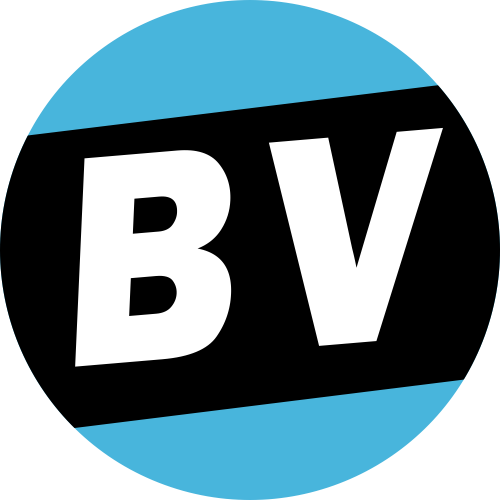The days of bombarding a page with your target keyword(s) are over. Sure, in the past you could easily stuff a page with your target keyword and get away with it by appearing on the first page of the SERPs. Internal linking is the process of creating links from one page on your website to another page on your website. CDNs are great for websites that experience high levels of traffic. A CDN caches your website files on a global network of servers. When a user wants to access your website, the CDN will route the request to the server that is the closest to the user.
Find relevant topics with keyword research
- Create engaging and descriptive meta descriptions for each page.
- We know that content is one of the most important, if not the most important, aspects of on-page SEO.
- But you don’t need to write an amazing description 100% of the time.
- Google is actively looking for this as a signal of quality and trustworthy content.
- Therefore, we consider SEO titles, meta descriptions, and structured data part of on-page SEO.
Visuals are a vital component to providing a positive user experience on your site. They help enhance your pages and make them visually engaging for your audience. If your images aren’t optimized, however, they can be detrimental to your SEO.
Optimized visuals also give search engines valuable information about your page through properly implemented alt text and descriptive file names. When creating internal links, your anchor text—the clickable words in your link—matters a lot. For example, Soak&Sleep has internal links to its “single duvets” and “single mattresses” categories in SEO Anomaly its “single bedding” page description. So, meeting search intent isn’t just good for the user—it’s good for your business, too.
On-page SEO and off-page SEO are basically two sides of the same coin. SEO is most effective when practiced with both because Google uses ranking factors that occur on your pages and outside of them. In fact, according to a study by Stone Temple Consulting that was published on the Moz blog, links are still strongly correlated with first page Google rankings.
Site Architecture Elements
This ultimately helps Google absorb more information about your website and potentially rank it higher on the search engine results pages. To ensure your site pages rank for the proper intent, be sure to include the focus keyword for each page in the title. In this section, we’ll focus on keyword research and how keywords should be incorporated into your content. We’ll also discuss the importance of including images in your content.
We can turn your existing content into web pages that rank by updating formatting, changing page titles, adding title tags, and ensuring all photos have image alt text. You can use our tool to instantly check for keyword consistency, title tags, image alt tags and all the other on-page SEO factors mentioned in this article. According to the Moz search ranking factors survey, title tags, also known as heading tags, are listed as the second most important ranking factor.
When you write your meta description, include the relevant keywords in it. It’s important to use the keywords in the meta description so your audience further understands the context of your page. Many people will decide to click on your page based on what they read in your meta description.

